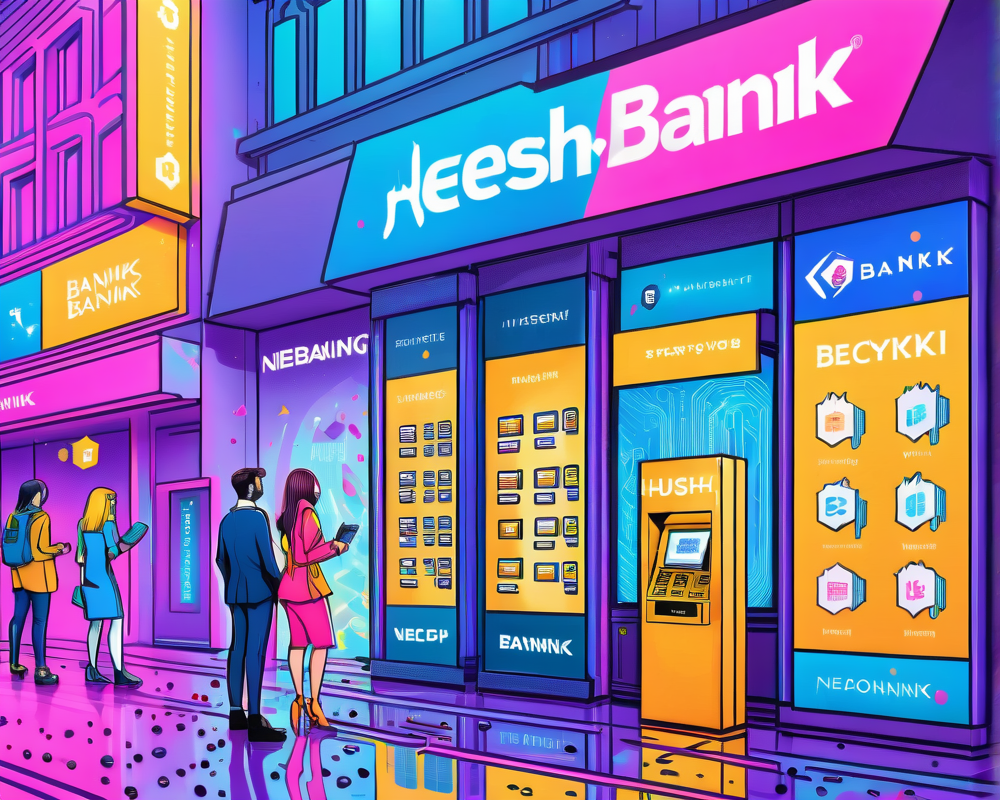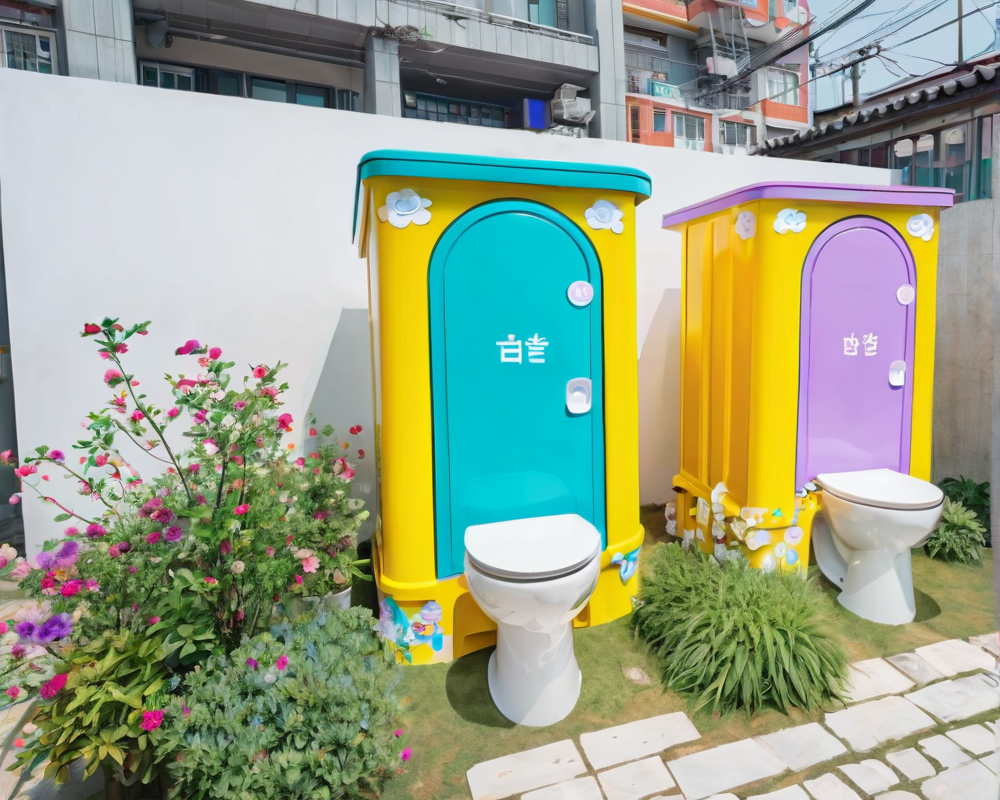The Curious Case of the Kimchi Premium
For those who might be wondering what a kimchi premium is, don’t worry; it’s not a new dish on a restaurant menu. Instead, it refers to the difference in cryptocurrency prices, particularly Bitcoin, between South Korea’s exchanges and those overseas. A head-scratcher for many, the kimchi premium indicates that South Korean traders often pay more—sometimes significantly more—for their crypto fix. It sounds wild, but it’s the reality of the crypto landscape in the Land of the Morning Calm.
The Bank of Korea’s Timely Warning
Recently, the Bank of Korea (BoK) has issued a cautionary note about the potential resurrection of the kimchi premium. With soaring prices in local exchanges, the BoK’s team, led by Kim Dong-sup, warns that this phenomenon could signal an overheated market. Think of it like a honeymoon period for lovers at a new relationship stage—exciting, but perhaps just a touch too optimistic.
Historical Trends and Market Reactions
Historically, the differences have been eyebrow-raising. Between July 2017 and May 2018, the crypto prices in South Korea were on average 5% higher than international standards. The situation reached its pinnacle in January when the premium peaked at an astounding 48.29%! No, it wasn’t a sale on Bitcoin, but simply traders willing to pay a higher price due to local demand.
Understanding the Risks Involved
With the possibility of another surge in the kimchi premium, the BoK emphasizes the need for increased public awareness around cryptocurrency investments. The last thing authorities want is for amateur traders to gamble their life savings on the wild hope that prices will endlessly skyrocket—like choosing to buy an inflatable unicorn for a pool party rather than something, you know, sensible.
Moving Towards Regulation
In an effort to keep the crypto market safe from bucking wild, South Korea’s regulators have been on a mission. While they once put the kibosh on anonymous trading and ICOs back in 2017, there’s chatter about lifting the ICO ban. Of course, with any change comes the reminder for international regulatory cooperation to improve transparency in transactions and prevent illegal activities, like a crowded bar being patrolled by bouncers with a keen eye.
Looking Ahead
As the world watches, South Korea stands at a crossroads of crypto actions and regulations. Will the kimchi premium make a comeback, or has it been fried to a crisp? Only time will tell, but one thing is clear: both the Bank of Korea and the trading populace need to keep their eyes peeled and wallets secure.



